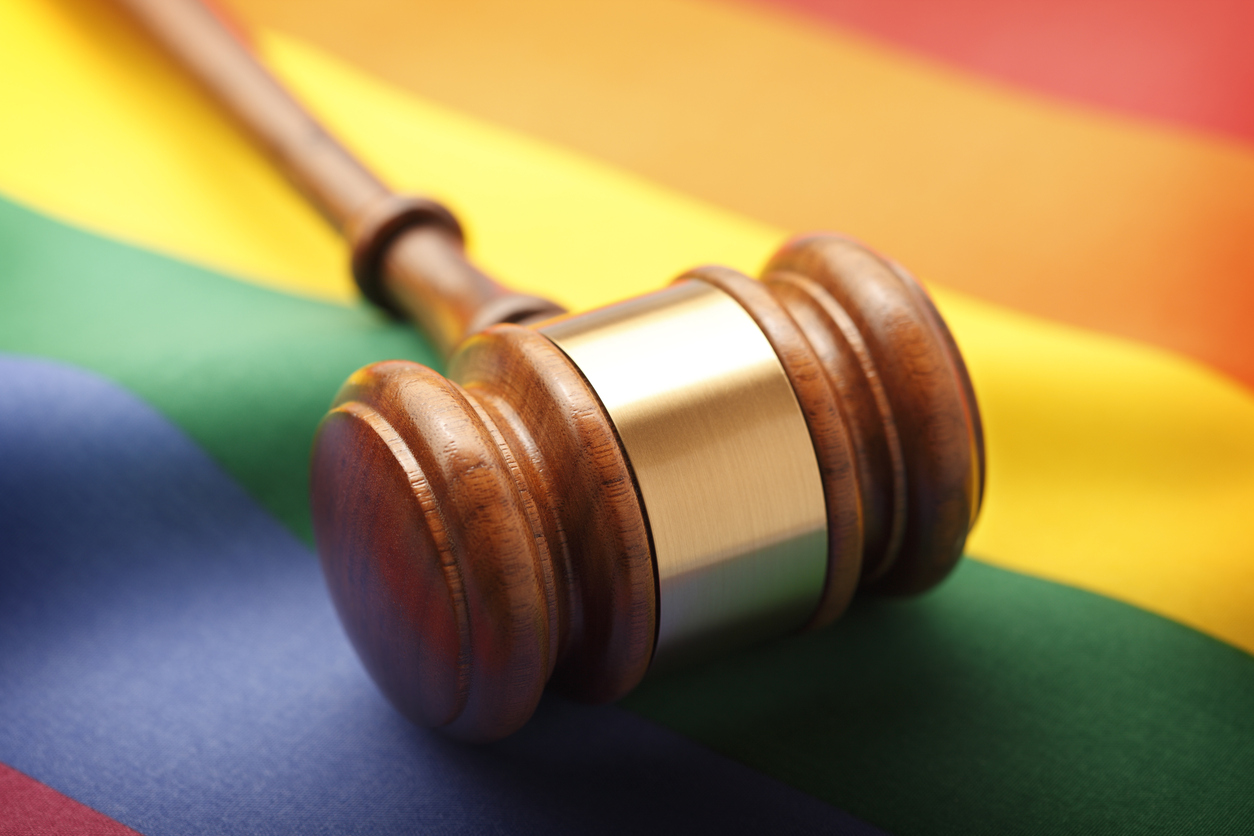The Supreme Court helped instigate a revolution in rights for gay and lesbian Americans with a series of decisions beginning in 1996 that struck down state and federal laws targeting them for unequal treatment or criminal prosecution. But there is no assurance that trajectory will continue.
Justice Anthony Kennedy, the maverick conservative who joined with liberals to create a narrow majority that expanded gay rights, retired last year. His successor, Justice Brett Kavanaugh, once clerked for Justice Kennedy, but brings no clear record of his own on such questions.
Employers are barred from discriminating against individuals because of race, color, religion, sex or national origin under Title VII of the 1964 Civil Rights Act. In the law’s early years, lower courts rejected claims that firing employees because of sexual orientation was sex discrimination.
Over the past decade, some courts re-examined those precedents, particularly after Supreme Court decisions in the 1980s and ’90s held that discriminating against workers who didn’t conform to “sex stereotypes” was illegal.
Last year, the Second U.S. Circuit Court of Appeals in New York overruled its prior rulings to conclude that Title VII covered LGBT employees. The opinion by Chief Judge Robert Katzmann reasoned that “sexual orientation discrimination is a subset of sex discrimination” because it necessarily takes sex into consideration.
“Logically, because sexual orientation is a function of sex and sex is a protected characteristic under Title VII, it follows that sexual orientation is also protected,” Judge Katzmann wrote, finding for the late Donald Zarda, a skydiving instructor who claimed he was fired in 2010 for being gay.
The Supreme Court will hear the employer’s appeal, together with a suit filed by Gerald Bostock, who claims he was fired as child welfare coordinator for Clayton County, Ga., after officials learned he played in a gay softball league. The Atlanta-based 11th Circuit dismissed his suit in an unsigned opinion relying on decades-old regional precedent allowing employers to discriminate against “effeminate” men.
A second argument Tuesday involves a transgender woman, Aimee Stephens, who was dismissed as a funeral director in Garden City, Mich., after informing her boss that she was transitioning to female from male. The funeral home’s owner later testified that allowing Ms. Stephens to wear a female uniform would promote an idea he rejects, “that sex is a changeable social construct rather than an immutable God-given gift.”
The Sixth Circuit, in Cincinnati, found for Ms. Stephens.
During the Obama administration, the Equal Employment Opportunity Commission filed suit on Ms. Stephens’s behalf. Under President Trump, the EEOC reversed position, and is asking the justices to overturn the victory it won for Ms. Stephens.
More than 20 states and many local governments specifically protect LGBT employees from discrimination, and hundreds of major businesses, including General Motors Co., Microsoft Corp. and JPMorgan Chase & Co., have signed a brief supporting the employees. But Congress has been stalemated on the issue for decades, failing to pass laws clarifying whether employers remain free to dismiss employees because of sexual orientation or gender identity.
That leaves the 1964 law, which few suggest originally was understood to protect LGBT employees from discrimination.
In applying the Constitution, some conservative justices place paramount importance on the text’s “original public meaning.” Clayton County’s brief says that principle should resolve the matter.
“The original public meaning of Title VII prohibits employment discrimination because of an individual being male or female and not because of an individual’s sexual orientation,” the county argues.
That “originalist” approach typically aligns with another method conservatives champion, “textualism,” which focuses on a statute’s language rather than the purposes behind it.
“It’s the words on the page that matter, not what the legislature might have intended,” Justice Neil Gorsuch said in September while visiting Mount Vernon, Va.
In Tuesday’s cases, however, originalism and textualism may point to different outcomes.
In 1998, the Supreme Court held that a male oil rig worker could sue over harassment by other men on his crew who thought he was gay. Justice Antonin Scalia, who popularized both originalism and textualism, wrote the opinion.
Title VII wasn’t conceived to combat “male-on-male sexual harassment,” he wrote, but “statutory prohibitions often go beyond the principal evil to cover reasonably comparable evils, and it is ultimately the provisions of our laws rather than the principal concerns of our legislators by which we are governed.”
In ruling for LGBT employees, the Second and Sixth Circuit courts observed that Title VII uses a broad term, sex, rather than language limiting the statute’s reach to men and women who engage solely in heterosexual behavior.
Toni Massaro, a law professor at the University of Arizona, says that in a polarized nation, only one outcome is guaranteed. “Applause from one side of the divide,” she said. “Further alienation on the other.”













